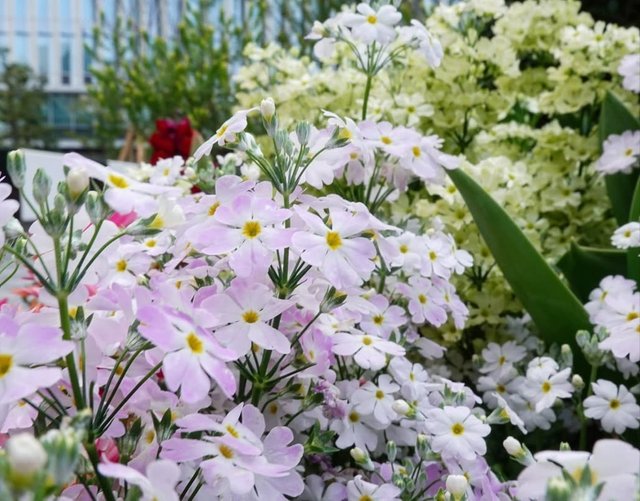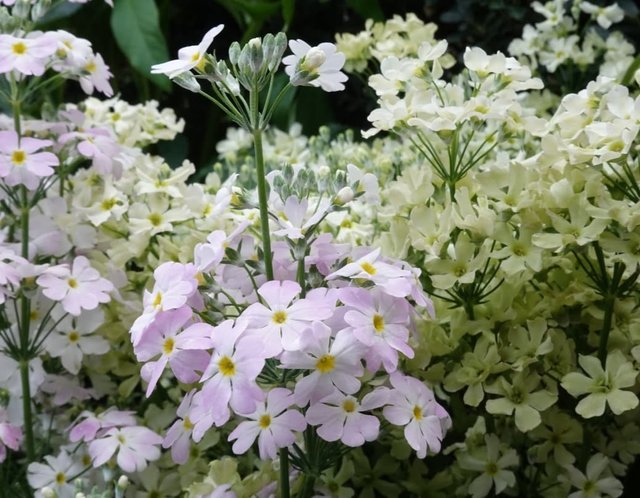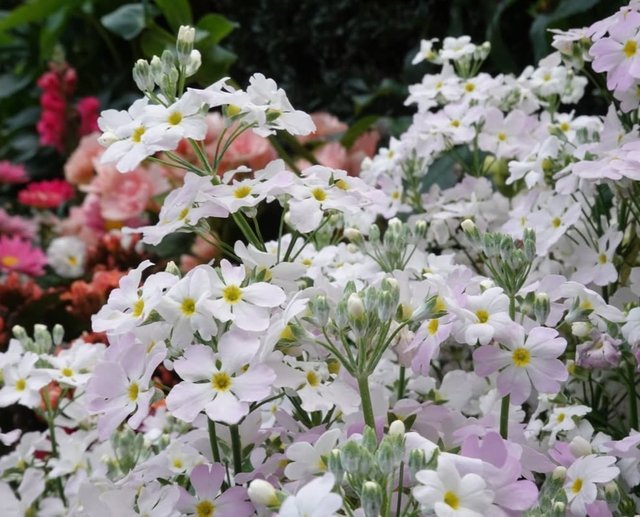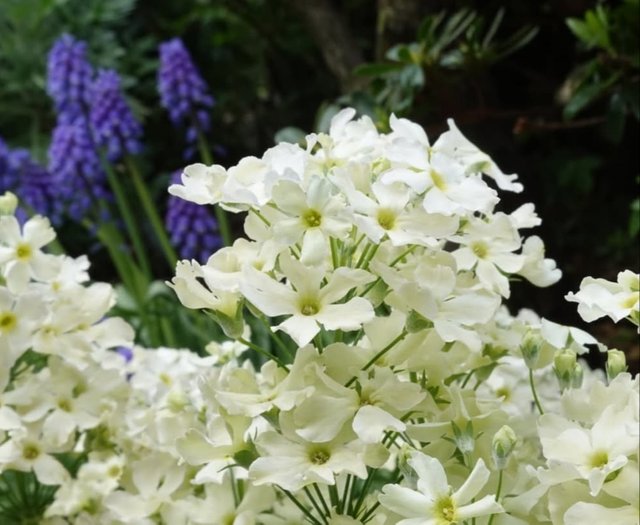Primula Sieboldii So Beautiful
Primula sieboldii: A Delicate Beauty with Deep Roots in Culture and Conservation
Primula sieboldii, commonly known as Siebold's primrose or Japanese primrose, is a charming herbaceous perennial that holds a special place in both botanical circles and traditional Japanese culture. Beloved for its delicate, often fringed flowers and shade-loving nature, this plant is a highlight of spring gardens and woodland settings across temperate zones. But beyond its aesthetic appeal lies a story of ecological sensitivity, cultural reverence, and ongoing conservation efforts.
Botanical Overview
Belonging to the family Primulaceae, Primula sieboldii is native to East Asia, particularly Japan, northeastern China, and parts of eastern Russia. It thrives in moist, woodland habitats, particularly along stream banks and in shady forested areas. It typically grows 15–30 cm tall, forming loose clumps of soft green foliage. Its round to oval leaves are finely toothed and covered in soft hairs, creating a lush, velvety texture.
The real show begins in late spring, when clusters of flowers rise above the foliage. The blooms come in a range of shades from white and pale pink to deep magenta and violet, often with darker eyes or contrasting edges. Many cultivars feature exquisitely fringed or lacy petals, a result of centuries of selection and breeding, particularly in Japan.
Cultural Significance
In Japan, Primula sieboldii is more than just a pretty flower—it is a cultural treasure. Known as "Sakurasō", which translates to "cherry blossom grass," it draws a poetic comparison to the iconic cherry blossoms due to its similar bloom time and delicate beauty. It has been cultivated since at least the Edo period, during which it became a popular subject in art, poetry, and horticultural collections.
During this era, enthusiasts in Japan began breeding P. sieboldii extensively, resulting in a wide array of cultivars distinguished by unique petal shapes, colors, and patterns. These cultivars were given poetic names and were often grown and displayed as living art. Today, collectors and botanical gardens continue to preserve and showcase these heirloom varieties, which are considered cultural assets.
Conservation Concerns
Despite its historical popularity, Primula sieboldii has suffered from habitat loss and declining populations in the wild. Urban development, agricultural expansion, and deforestation have all contributed to the destruction of its natural woodland and riparian habitats. In Japan, it is listed as an endangered species in several prefectures, and efforts are underway to protect remaining wild populations.




%20(9).jpeg)